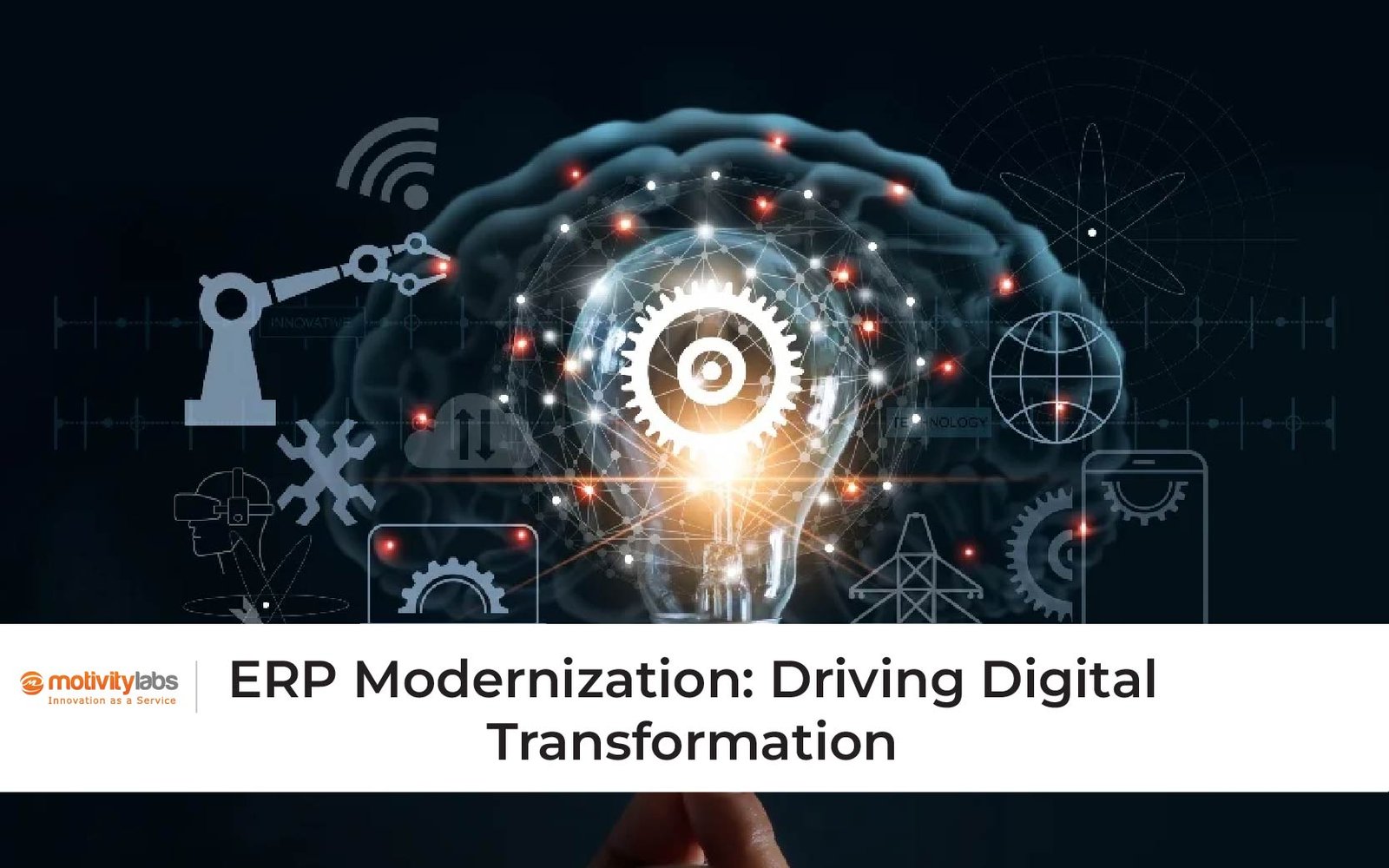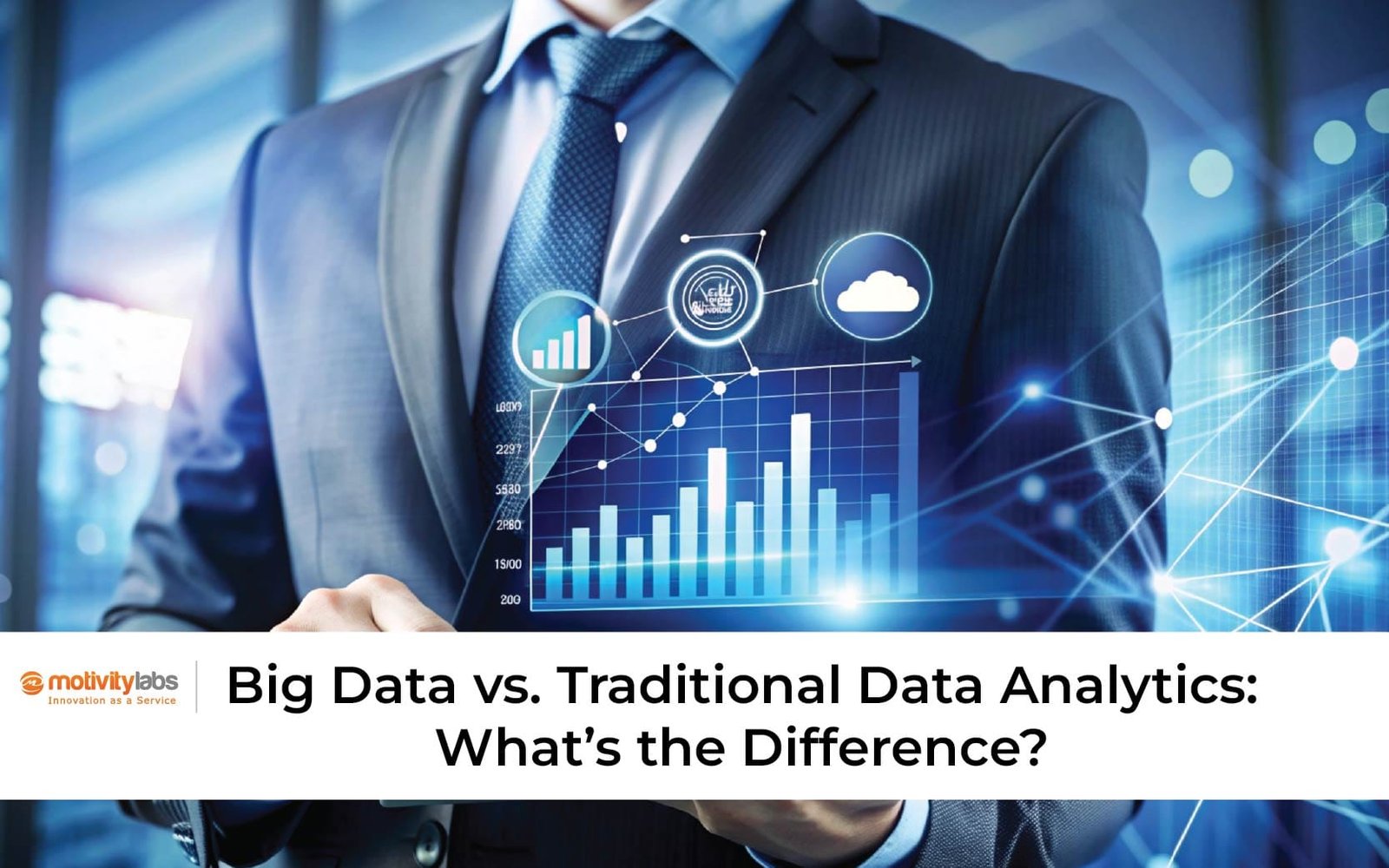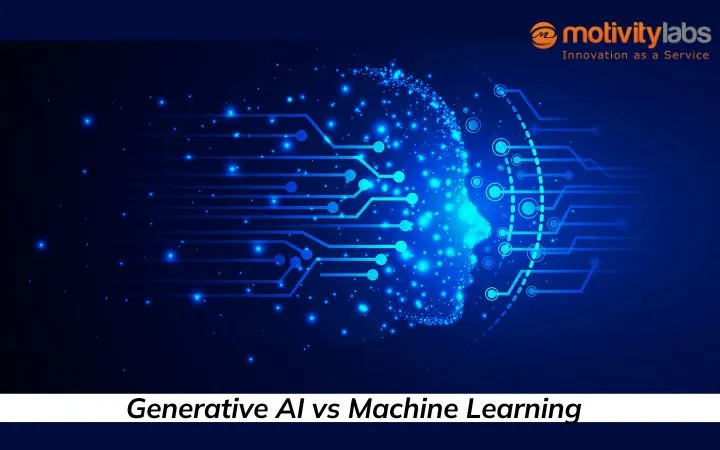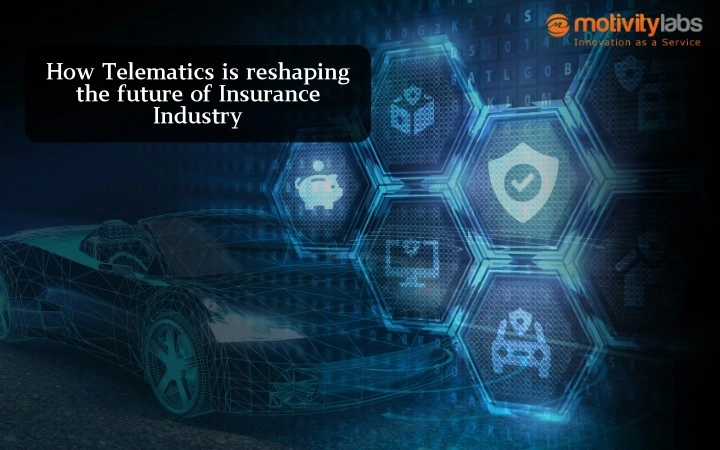In modern business, agility and innovation matter more for growth than long-standing legacy or scale. Companies relying on outdated ERP systems often struggle to meet evolving market demands, adapt to digital-savvy customers, and streamline operations efficiently. This widening gap between business potential and system capability is prompting organizations to embrace a powerful shift. At the center of this change is a key driver of progress: ERP Modernization.
ERP (Enterprise Resource Planning) systems are the digital backbone of modern enterprises. However, like any backbone, they must evolve to support the changing weight of market demands, customer expectations, and operational complexity. This is where ERP modernization becomes more than an upgrade. It is a strategic pivot toward digital excellence.
Why Modernize Your ERP?
Although legacy ERP systems were reliable in their time, they often fall short of meeting the demands of today’s business environment. They can be inflexible, costly to maintain, and unable to integrate seamlessly with emerging technologies such as AI, machine learning, and cloud computing.
The benefits of ERP modernization go significantly beyond a refined UI or faster operations. It empowers agility, enables real-time decision-making, and facilitates deeper integrations across all business units. The outcome is a solid foundation for growth that can scale and innovation that endures.
Signs You Need ERP Modernization
Recognizing the right time to modernize your ERP is crucial for staying competitive. An outdated system can silently hinder efficiency, innovation, and growth across the organization.
How do you know it’s time to modernize your ERP? Here are a few red flags:
- Your system runs on outdated hardware or unsupported software.
- Data silos are limiting collaboration across departments.
- Generating reports is slow, manual, and error-prone.
- Integrating new tools or platforms is complex and expensive.
- Your business model has evolved, but your ERP hasn’t kept pace.
If any of these challenges resonate with your current experience, it may suggest that your existing ERP system is falling short. This shortfall can prevent your business from meeting evolving demands and achieving operational efficiency. Operating with outdated or rigid systems can slow innovation, increase operational costs, and hinder your ability to compete in a digital-first market. Modernizing your ERP is not just a solution; it is a strategic necessity for sustainable growth.
The Role of ERP Modernization in Digital Transformation
Digital transformation is more than adopting digital tools. It is about rethinking business models, customer engagement, and operational agility using technology. ERP modernization is the linchpin in this process.
Here is how:
1. Cloud Enablement
Moving ERP to the cloud is often the first step in modernization. Cloud-based ERP systems offer enhanced scalability, better data security, automatic updates, and remote accessibility. This shift minimizes infrastructure costs and empowers businesses to adapt faster to market changes.
According to Gartner, global spending on public cloud services is expected to reach nearly $600 billion in 2023. This projection highlights the accelerating shift toward cloud-native ERP systems across industries.
2. Real-time Data and Analytics
Modern ERP systems centralize business data across departments and functions. This enables real-time insights into critical areas such as inventory levels, customer behavior, and operational performance. With built-in analytics, decision-makers gain access to timely and accurate information. This allows them to respond more quickly and confidently, minimizing operational delays and reducing forecasting errors.
3. AI and Automation Integration
With modernization, ERPs become savvier. By incorporating AI-powered insights and automation, businesses can handle repetitive tasks such as invoicing, procurement, and HR processing with minimal human involvement. This saves time and significantly reduces the risk of human error.
AI integration also enables predictive analytics, offering deeper insights into future trends and behaviors. This helps businesses anticipate customer needs, forecast demand, and optimize supply chains more effectively.
4. Mobility and Remote Access
Today’s workforce is no longer confined to a single location, and your ERP system should reflect that flexibility. A modern ERP system allows secure, role-based access to key business functions from any device, enabling productivity and decision-making anywhere in the world.
This level of accessibility supports remote teams, field personnel, and hybrid work models, ensuring seamless operations regardless of location. It enhances responsiveness by allowing employees to act on real-time data without being tied to office infrastructure.
5. Improved User Experience
Modern ERPs focus heavily on user-centric design. Intuitive dashboards, drag-and-drop customization, and simplified workflows help reduce training time and increase user adoption. These elements are essential for achieving a smooth and effective digital transformation.
A well-designed interface enhances productivity and reduces resistance to change. Confidence in using the system encourages users to engage more deeply and leverage its complete functionality.
Challenges in ERP Modernization
While the benefits are immense, ERP modernization is not without its challenges. Understanding them upfront can help you plan a smoother transition.
- Cost and Downtime: Upgrading an ERP system can be costly, and improper planning may cause operational downtime.
- Data Migration Risks: Transferring historical data from legacy systems can be complex and requires accuracy.
- Change Management: Employees accustomed to legacy systems may resist change. Training and communication are vital.
- Integration Complexities: Ensuring the modern ERP works with existing tools and systems may require custom configurations.
Best Practices for a Successful ERP Modernization
A well-planned approach ensures smoother implementation and minimizes disruptions to ongoing operations. These practices can help align your technology investments with long-term business objectives and drive lasting value across the organization.
To maximize the ROI on your ERP modernization efforts, consider the following best practices:
1. Conduct a Thorough Needs Assessment
Start by understanding your pain points, user challenges, and long-term goals. This approach ensures that your new ERP system is more than a simple upgrade. It becomes a strategic asset aligned with your long-term growth objectives.
2. Choose the Right Technology Partner
Modernizing ERP is not a DIY project. Collaborating with an experienced ERP modernization partner like Motivity Labs ensures access to skilled consultants, seamless integrations, and industry-proven practices.
3. Prioritize User Training
People are the core of any system. Invest in comprehensive training and user support to ensure smooth adoption and avoid productivity slumps.
4. Adopt a Phased Implementation Approach
Instead of a big-bang rollout, consider a phased deployment. This minimizes disruption and allows your teams to adapt gradually to new features and workflows.
5. Keep Cybersecurity in Focus
Modern ERP systems should be designed with security as a core principle. It is essential to ensure compliance with industry regulations such as GDPR or HIPAA. In addition, organizations should implement multi-layered authentication, conduct regular security audits, and use encrypted communication to safeguard sensitive data.
Industry-Specific ERP Modernization Examples
ERP modernization looks different across industries. Here are a few examples to illustrate:
- Manufacturing: IoT sensors integrated into a modern ERP help manufacturers monitor machinery performance, reduce downtime, and enhance production planning.
- Retail: Real-time inventory tracking and customer data analytics help retailers personalize experiences and streamline supply chains.
- Healthcare: Integration with EHR systems and compliance tracking features make modern ERPs indispensable for healthcare providers.
- Finance: Automation of regulatory compliance, risk management, and financial forecasting transforms how finance teams operate.
The Future of ERP: What Lies Ahead
ERP modernization is not a one-time project; it is a journey. As technologies evolve, so will ERP systems. The future points toward:
- Hyperautomation: End-to-end automation of complex workflows using AI, ML, and robotic process automation (RPA).
- Composability: ERPs are built with interchangeable modules, allowing businesses to plug and play capabilities based on their needs.
- Embedded AI Assistants: Integrated AI chatbots and voice assistants to streamline everyday tasks and user interactions.
- Sustainability Features: Modern ERPs will increasingly incorporate ESG tracking and carbon footprint analytics.
Motivity Labs: Enabling ERP Modernization with Purpose
Motivity Labs understands that ERP modernization is not merely a technological upgrade, but a strategic business transformation initiative. With deep domain expertise, agile delivery models, and proven implementation frameworks, the company helps enterprises:
- Assess their current ERP capabilities and identify gaps
- Choose and implement cloud-first, AI-ready ERP platforms
- Migrate data seamlessly without disrupting business continuity
- Provide team training and ensure effective post-launch optimization
Whether a mid-sized business aiming to scale or a global enterprise preparing for next-generation digital capabilities, Motivity Labs serves as a trusted partner for ERP modernization.
Embrace the Future with Confidence
ERP modernization is more than just replacing aging infrastructure. It is about empowering your organization to thrive in a digital-first economy. By integrating the latest technologies, improving agility, and focusing on user experience, modern ERP systems are driving the future of business.
Now is the time to take stock of your existing ERP landscape and ask: Is it helping us move forward, or holding us back?
If you are ready to modernize, accelerate innovation, and stay competitive, Motivity Labs is here to guide you every step of the way.



